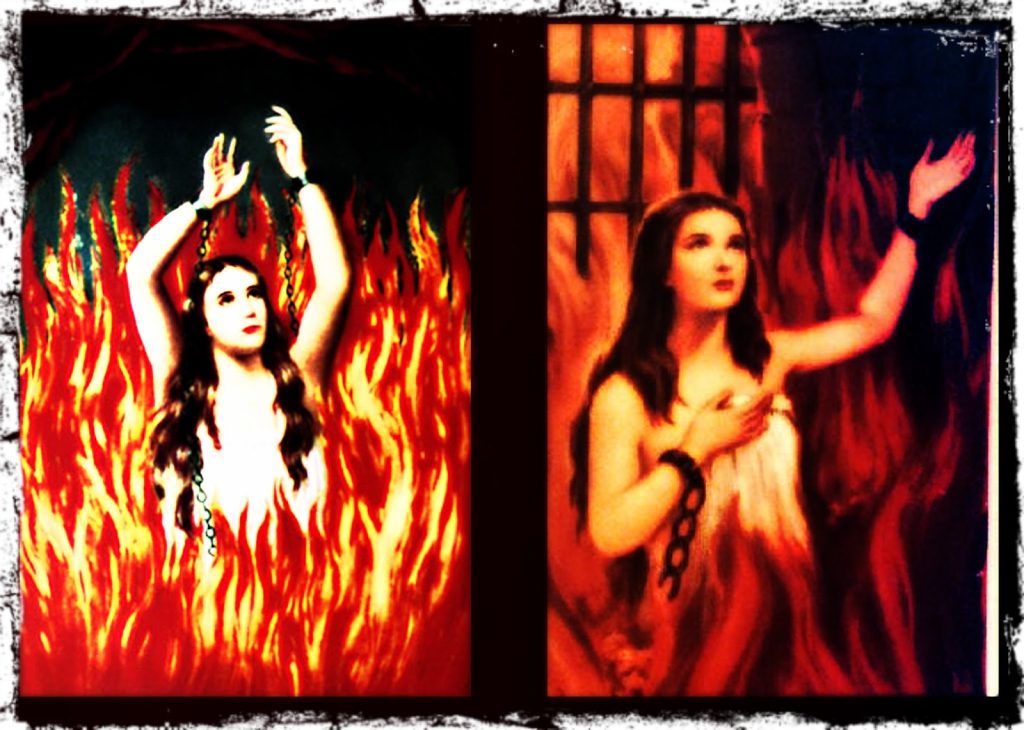
O Lord, I am so lonely and despaired.
I cry out for your help.
My soul is empty and restless.
Fill it with your glory, O Lord!
Anima Sola
Alone, I am lonely. Alone, I feel lost and afraid. Alone, I have no one to talk to. Alone, people do not understand me. Alone, there is no one to listen to my troubles and worries.
God, please help me find someone who will be my friend and companion for life!
Anima sola, anima Christi,
per quam tibi nos reconciliamur.
O Maria, Mater Dei et hominum,
terribilis ut castrorum acies ordinata,
tu ades cunctis in periculis nostris.
Oh God,
I am alone in this world.
It is you I must rely on, and only you.
Oh Lord, I call to you for help.
Alone I am,
and yet not alone.
I am surrounded by a thousand angels,
who wait for me to join them in the Kingdom of Heaven.
I wait for them as well.”
I came across the phrase Anima Sola through a recent edition of Phoebe Hildegard‘s newsletter (if ur into TTRPG’s, necromancy and Spiritualism, it’s VERY good, big recommend). I find the Anima Sola prayer super interesting. Firstly, as a tradition borne of the living working on behalf of the dead, (and specifically the ‘dead in need‘ too, something a lot of contemporary necromantic traditions generally shy away from) I find it to be, honestly, very moving. Secondly, it’s an unusual prayer in the sense that it puts the person intoning it into the shoes of the ‘lost soul’; to say the prayer is to experience their destitution as if it is ur own. On the one hand, this obviously makes it a potent prayer for those who’s experience of loneliness and despair does align with that of the anima sola. But also, it could in turn be a kind of declaration of care, and potentially even of friendship: as those performing the prayer could even be saying, “friend, let me take that load off you for a minute, I’ll help u carry ur burden”.

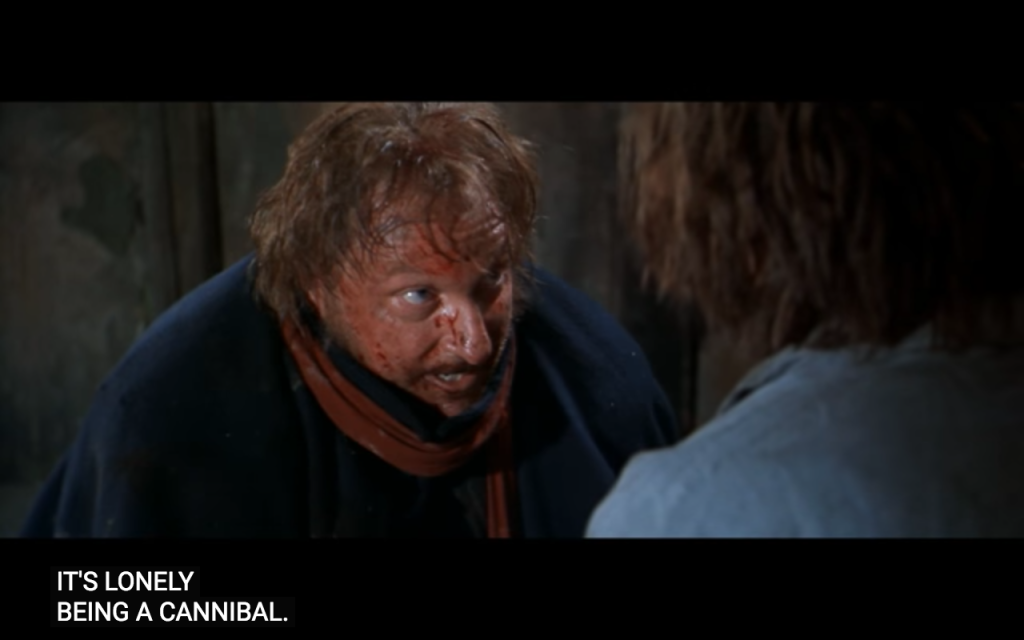
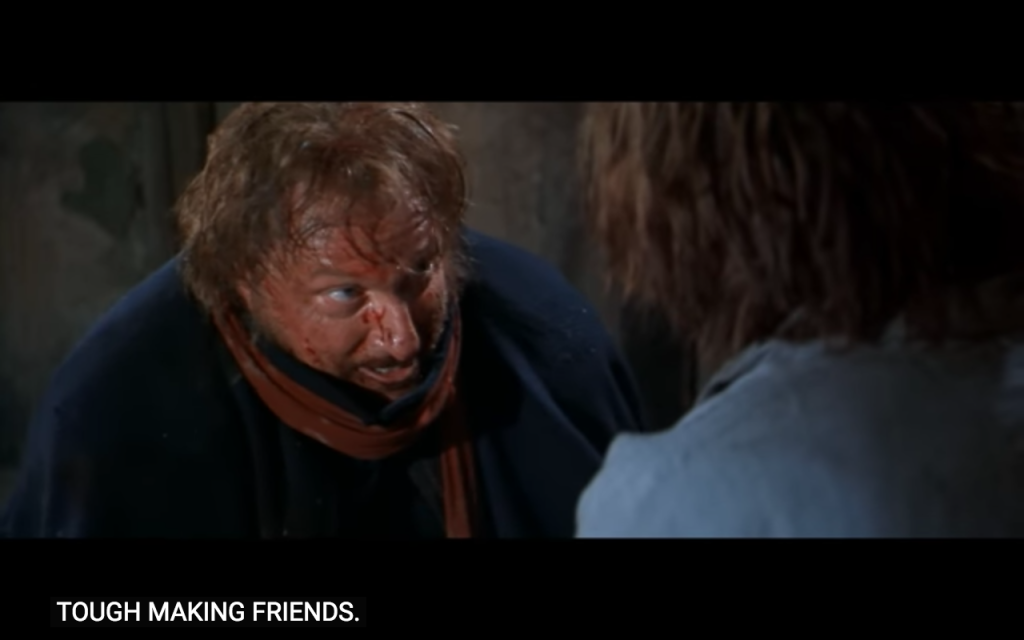
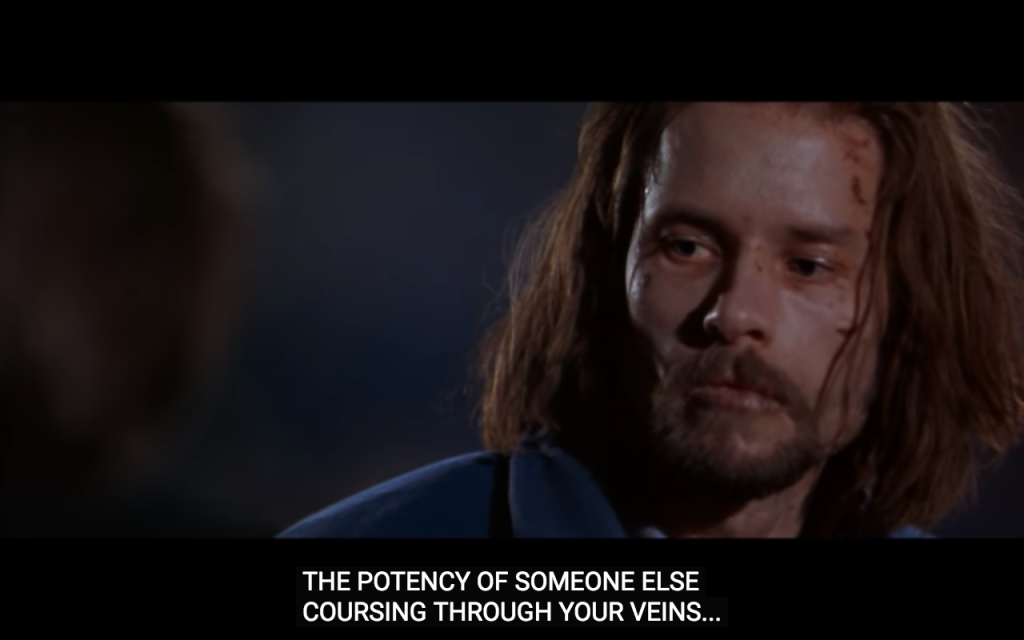
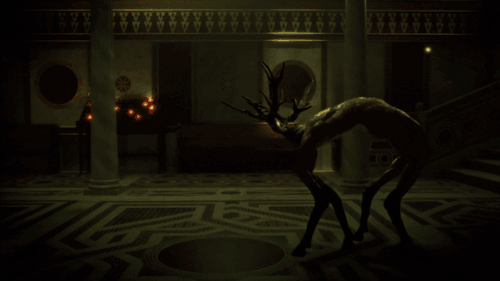
![A screengrab of a quote from Hélène Cixous' The Love of The Wolf, that reads: "As sson as we embrace, we salivate, one of us wants to eat, one of us is going to be swallowed up in little pieces, we all want to be eaten, in the beginning we were all formerly born-to-eat, wolfing it down, eating like a horse; we are starved, full of whetted appetites - but better not say it, or else we'll never dare to love. Or to be loved. Love is always a little wol-f-ishy [loup-che] - a little peckish, it's not nice to say, but..."](https://vitalcapacities.com/wp-content/uploads/2023/05/Screen-Shot-2023-04-13-at-12.56.47.png)